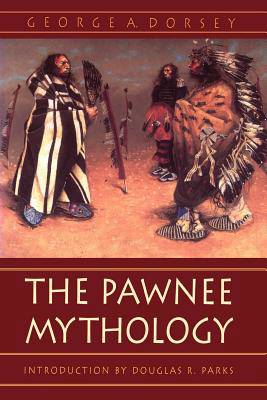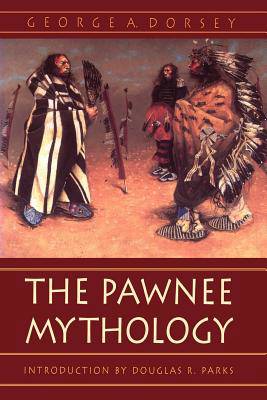
- Afhalen na 1 uur in een winkel met voorraad
- Gratis thuislevering in België vanaf € 30
- Ruim aanbod met 7 miljoen producten
- Afhalen na 1 uur in een winkel met voorraad
- Gratis thuislevering in België vanaf € 30
- Ruim aanbod met 7 miljoen producten
Omschrijving
The Pawnee Mythology, originally published in 1906, preserves 148 tales of the Pawnee Indians, who farmed and hunted and lived in earth-covered lodges along the Platte River in Nebraska. The stories, collected from surviving members of four bands--Skidi, Pitahauirat, Kitkehahki, and Chaui--were generally told during intermissions of sacred ceremonies. Many were accompanied by music. George A. Dorsey recorded these Pawnee myths early in the twentieth century after the tribe's traumatic removal from their ancestral homeland to Oklahoma. He included stories of instruction concerning supernatural beings, the importance of revering such gifts as the buffalo and corn, and the results of violating nature. Hero tales, forming another group, usually centered on a poor boy who overcame all odds to benefit the tribe. Other tales invited good fortune, recognized wonderful beings like the witch women and spider women, and explained the origin of medicine powers. Coyote tales were meant to amuse while teaching ethics.
Specificaties
Betrokkenen
- Auteur(s):
- Uitgeverij:
Inhoud
- Aantal bladzijden:
- 546
- Taal:
- Engels
- Reeks:
Eigenschappen
- Productcode (EAN):
- 9780803266032
- Verschijningsdatum:
- 1/05/1997
- Uitvoering:
- Paperback
- Formaat:
- Trade paperback (VS)
- Afmetingen:
- 151 mm x 229 mm
- Gewicht:
- 725 g

Alleen bij Standaard Boekhandel
+ 97 punten op je klantenkaart van Standaard Boekhandel
Beoordelingen
We publiceren alleen reviews die voldoen aan de voorwaarden voor reviews. Bekijk onze voorwaarden voor reviews.








